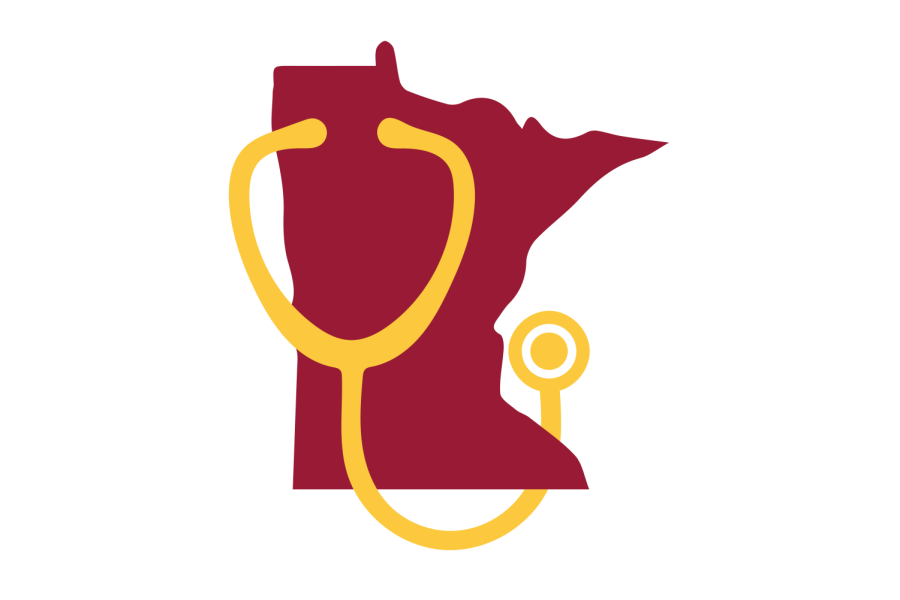The University of Minnesota Medical School is responding to the nationwide physician shortage through the Rural Physician Associate Program (RPAP), a program that trains students to practice as physicians in rural areas across Minnesota.
The physician shortage in Minnesota has worsened throughout the COVID-19 pandemic, but ultimately stems from the uneven distribution of physicians between rural and metro areas in Minnesota, according to Medical School Vice Dean of Education Dr. Mark Rosenberg.
Finding students to work and live in these areas is difficult, because most universities and graduate schools where students receive training are located in bigger cities, according to RPAP Director Dr. Kirby Clark.
Predictions suggest the shortage will continue on a national scale too, as increasing numbers of physicians will retire in the near future, Rosenberg said.
Although the physician shortage has highlighted the need for workers in rural communities, the University has trained medical students to work in these areas for more than 50 years. Through the RPAP program, third-year medical students at the University spend nine months working and studying in rural locations in Minnesota, such as Staples and Hastings.
After completing the experience, students are more likely to work in rural practices after graduation, Rosenberg said.
“RPAP and other programs like the Metropolitan Physician Associate Program (MetroPAP) are designed to encourage students to serve these populations before committing to a career and learn what it’s like to be a part of the community,” Clark said.
The program gives students experience outside of the traditional medical setting, allowing them to interact with patients in other geographic areas, according to Rosenberg.
As a result of the shortage, patients in rural communities may not have the same access to healthcare as patients in heavily resourced areas. Financial constraints, proximity to healthcare services, lack of insurance, medical literacy and internet access also contribute to this, Clark said.
Clinics have also closed during the pandemic, meaning patients may have to travel further to receive care, according to Medical School alumni Allicen Waxlax, who completed the RPAP program in 2020 at the Riverwood Healthcare Center.
“I always knew I wanted to practice in a rural setting,” Waxlax said. “Participating in RPAP helped me grow in nine months and make connections by staying in one community.”
For physicians and medical students, the shortage has meant they may need to offer more services to patients, Clark said. Rather than having specialized caregivers, a single practitioner’s responsibilities may include delivering babies, performing surgery and operating a family practice.
“These experiences allow you to see how a smaller medical system interacts as a team, rather than a small portion of a unit in an urban area,” Waxlax said.
In a separate effort to combat the physician shortage impacting rural Minnesota, the Medical School is also learning how to predict if a student will choose to practice in a rural area, Rosenberg said.
The Medical School is working with the Minnesota Department of Health to complete a study on the healthcare workforce that collects data on when practitioners will renew their license, where they grew up, loan repayment and questions about how they decided where to practice.
The information from these surveys will help the Medical School learn what makes a student choose to practice in a rural area after graduation and help attract more of these students to University programs, according to Rosenberg.
“We are addressing this shortage by taking advantage of the way we train physicians [through the University Medical School] and designing programs so they will end up in rural practice,” Rosenberg said.



















